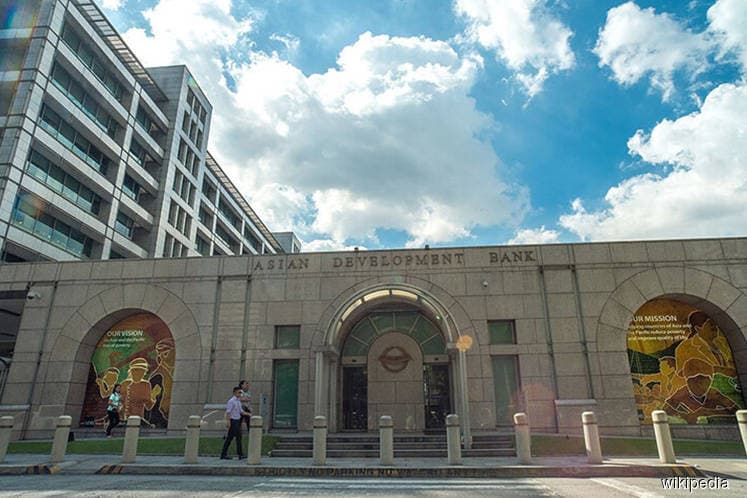
KUALA LUMPUR (Sept 12): The world’s six largest multilateral development banks (MDBs) continued to make a strong contribution to the global climate challenge in 2016, increasing their climate financing in developing countries and emerging economies last year to US$27.4 billion from US$25 billion in 2015, according to the Asian Development Bank (ADB).
In a statement on its website yesterday, the ADB said that of this total, US$21.2 billion or 77% was dedicated to climate mitigation finance, with the remaining 23% devoted to climate adaptation.
It said combined with additional cofinancing from other investors, the total amount of finance mobilised for climate action reached US$65.3 billion last year.
ADB said the MDBs have reported jointly on climate finance since 2011.
It said that collectively, the banks have committed over US$158 billion in climate finance during the past 6 years.
The latest MDB climate finance figures are detailed in the 2016 Joint Report on Multilateral Development Banks’ Climate Finance, combining data from the African Development Bank, the Asian Development Bank (ADB), the European Bank for Reconstruction and Development, the European Investment Bank, the Inter-American Development Bank Group, and the World Bank Group.
ADB Vice-President for Knowledge Management and Sustainable Development, Bambang Susantono said that ADB acknowledges MDB’s pivotal role in providing climate finance and remains committed to strengthen its collaboration with other MDBs and ultimately to the successful implementation of the Paris Agreement.
“ADB has recently approved its Climate Change Operational Framework 2030, which will guide us in enhancing resilience and strengthening climate actions in the Asia and Pacific region,” said Susantono.
ADB said that broken down by region, the largest share of last year’s MDB climate finance went to South Asia, with 20%, followed by East Asia and the Pacific and non-EU Europe and Central Asia, with 19% and 18%, respectively.
It said the Middle East and North Africa, at 9%, and Sub-Saharan Africa, at 7%, received the least climate finance.
It said the MDBs also reported again on climate finance according to financial instrument.
ADB said the vast majority of finance, or 73%, was provided in the form of investment loans.
The MDBs’ methodologies for climate finance tracking align with the Common Principles for Climate Change Mitigation Finance Tracking, jointly agreed by the MDBs and by the International Development Finance Club (IDFC), and first published in March 2015.
ADB said the MDBs and the IDFC agreed on the Common Principles for Climate Adaptation Finance Tracking in July 2015.
It said the MDBs and the IDFC have begun taking the next steps to harmonise their approaches in tracking adaptation finance.
ADB said the MDBs are continuing to work to update their joint tracking methodologies for mitigation and adaptation to support the goals of the Paris Agreement, playing a key role in defining the finance flows consistent with a pathway towards low greenhouse gas emissions and climate resilient development.